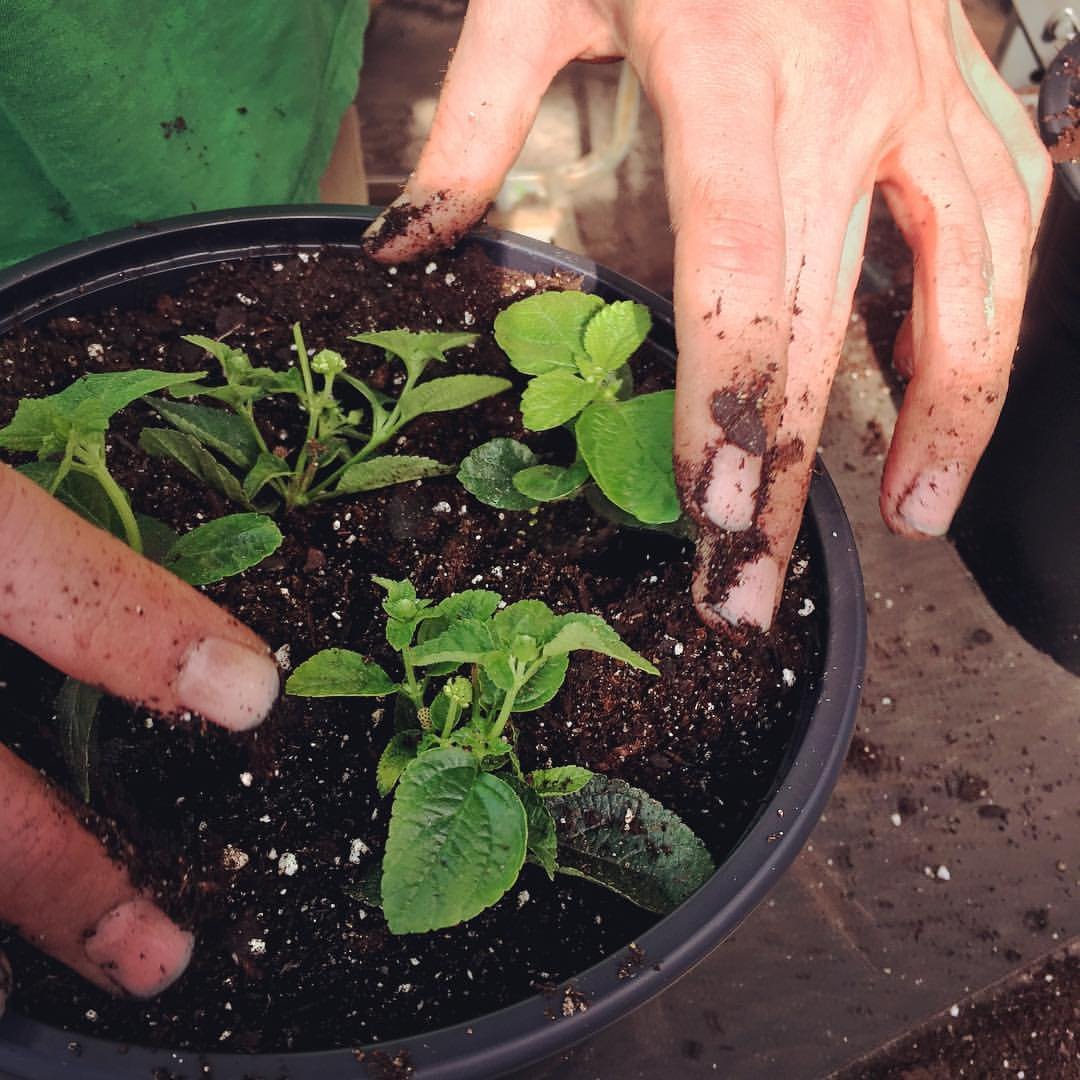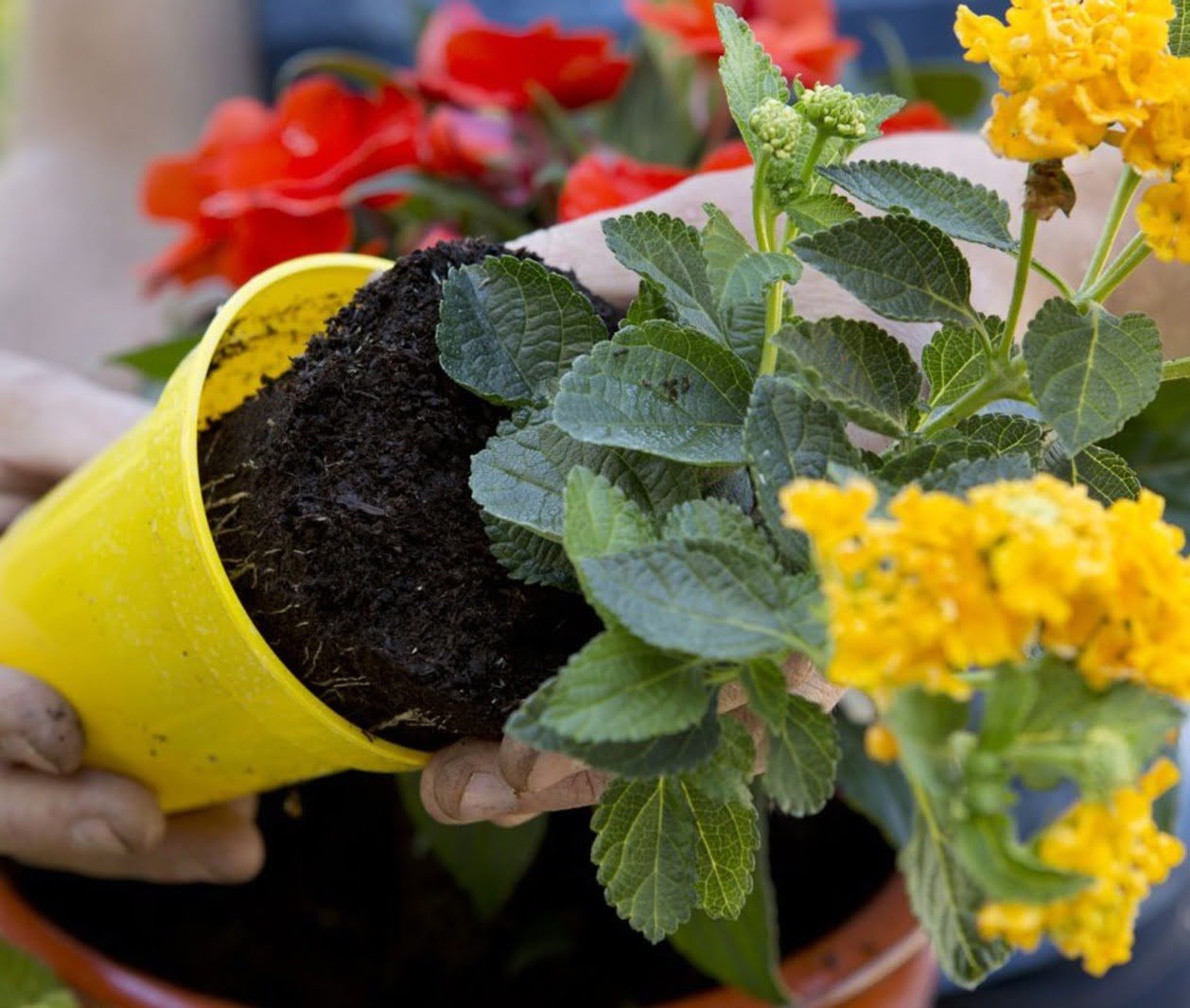Relocating a lantana plant can be a daunting task, but with the right techniques and care, it can be done successfully. This article provides a comprehensive guide on the best way to transplant a lantana, covering essential steps like timing, preparation, digging, and aftercare. Whether you’re a seasoned gardener or a novice, this information will help ensure your lantana thrives in its new location.
Lantana are beautiful, colorful plants that can brighten up any garden or landscape. However, there may come a time when you need to relocate your lantana to a different spot, maybe due to changing garden plans or the plant’s growth requirements. Transplanting a lantana can be a delicate process, but with the right approach, you can ensure a smooth transition and a healthy, thriving plant in its new home.
Here’s a concise information chart about Lantana:
| Category | Details |
|---|---|
| Scientific Name | Lantana camara |
| Common Names | Lantana, Wild Sage, Red Sage, Yellow Sage |
| Family | Verbenaceae |
| Origin | Central and South America |
| Plant Type | Perennial shrub |
| Height | 1 to 6 feet (0.3 to 1.8 meters) |
| Spread | 3 to 10 feet (0.9 to 3 meters) |
| Flower Colors | Yellow, orange, red, pink, purple, white |
| Bloom Time | Spring to fall |
| Sun Requirements | Full sun |
| Soil Requirements | Well-drained soil, tolerant of poor soils |
| Water Requirements | Drought-tolerant once established |
| USDA Hardiness Zones | 8 to 11 |
| Toxicity | Toxic to pets and livestock |
| Uses | Ornamental, attracts butterflies and hummingbirds |
| Invasiveness | Invasive in some regions, aggressive growth |
Choose the Right Time

Timing is crucial when it comes to transplanting lantanas. The best time to relocate them is during the spring or fall when the weather is mild, and the plant is not actively growing or dormant. Avoid relocating during the hottest summer months or the coldest winter days, as the stress of transplanting can be too much for the plant to handle.
Prepare the New Planting Area

Before you start digging up your lantana, prepare the new planting area. Lantanas thrive in well-draining soil and full sun exposure. Choose a spot that receives at least six to eight hours of direct sunlight per day. Amend the soil with compost or well-rotted manure to improve drainage and nutrient content.
Dig Up the Lantana
When you’re ready to transplant, water the lantana thoroughly a day or two before you plan to dig it up. This will help hydrate the roots and make them easier to work with.
Use a sharp shovel or garden fork to dig around the plant, about 12 to 15 inches away from the main stem. Gently lift the plant out of the ground, trying to keep as much of the root ball intact as possible.
Prepare the Root Ball
Once the lantana is out of the ground, inspect the root ball and prune any damaged or diseased roots. You can also trim back some of the longer roots to encourage new growth.
Plant the Lantana in its New Location

Dig a hole in the prepared planting area that is slightly wider and deeper than the root ball. Place the lantana in the hole, ensuring the top of the root ball is level with the surrounding soil. Backfill the hole with the amended soil, gently tamping it down to remove any air pockets.
Water and Mulch
After planting, water the lantana thoroughly to help settle the soil and encourage root growth. Apply a 2-3 inch layer of mulch around the base of the plant, being careful not to pile it up against the stem. Mulching helps retain moisture and suppress weeds.
Aftercare
For the first few weeks after transplanting, monitor the lantana closely and water it whenever the soil starts to dry out. Avoid overwatering, as this can lead to root rot. Once the plant is established and actively growing, you can reduce watering frequency.
Prune away any dead or damaged growth to encourage healthy new growth. Lantanas may also benefit from occasional fertilization with a balanced, slow-release fertilizer during the growing season.
With proper care and attention, your transplanted lantana should quickly adapt to its new location and continue to thrive, adding vibrant color and beauty to your garden for years to come.
Remember, relocating a plant can be stressful for it, so be patient and give it time to adjust. By following these steps and providing the necessary care, you’ll increase the chances of a successful transplant and ensure your lantana flourishes in its new home.